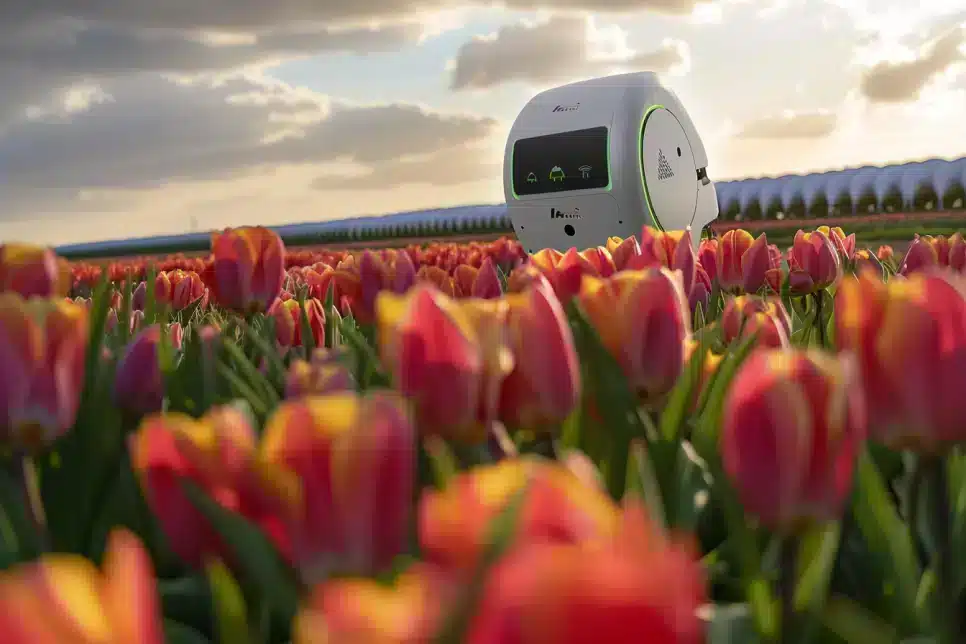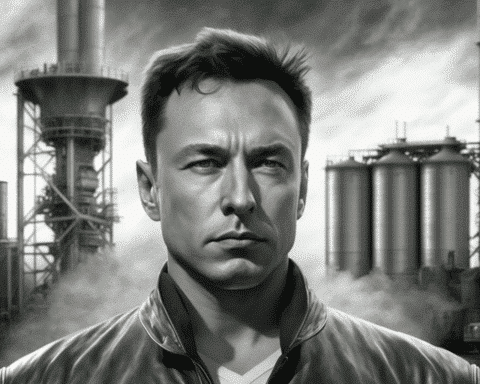In the picturesque bulb fields of the Netherlands, a new player has emerged in the age-old battle against plant disease. Named Theo, after a retired employee, this boxy robot has taken the mantle of protecting the vibrant tulip fields near the Dutch North Sea coast. Employed by the WAM Pennings farm, Theo represents a significant leap in agricultural technology, working tirelessly through days and nights to identify and eliminate sick tulips. This effort is crucial in the fight against the tulip-breaking virus, a threat that can stunt growth and diminish the vitality of these iconic flowers. With 45 robots now patrolling tulip fields across the country, the Dutch floral industry is embracing a high-tech solution to preserve the beauty and health of its blooms.
Introducing robots like Theo to the Dutch tulip fields significantly shifts how farmers address the perennial challenge of disease control. Allan Visser, a third-generation tulip farmer, highlights the value of such technology, noting, “You could also buy a very nice sports car for the price of the robot…But I prefer the robot because a sports car doesn’t remove the sick tulips from our field.” Despite their slow pace, these robots are equipped with advanced AI and precise GPS, enabling them to detect and act upon signs of disease with remarkable accuracy. This transition to “precision agriculture” is a testament to the farmers’ dedication to quality and showcases AI’s potential to transform traditional farming practices.
The heart of this technological marvel lies in its AI model, which is imbued with the collective knowledge of generations of tulip farmers. Erik de Jong of H2L Robotics emphasizes the collaborative nature of this innovation, stating, “The knowledge comes from tulip farmers. So we use the knowledge of the tulip farmers, we combine it into an AI model.” This synergy between human expertise and artificial intelligence has led to a system rivaling the keen eyes of the most experienced flower hunters, including Theo van der Voort, who marvels at the robot’s effectiveness: “It’s fantastic…It sees just as much as I see.”
As we stand on the brink of a new era in agriculture, the success of Theo and its counterparts in the Dutch tulip fields is a beacon of hope. This blend of human knowledge and AI precision safeguards the tulip industry’s legacy and opens the door to a future where technology and tradition grow hand in hand. The efforts to integrate AI into the fabric of agricultural practice are not just about combating disease; they’re about ensuring the survival and flourishing of beauty in our world, proving that sometimes, the most forward-thinking solutions are found in the fields.




